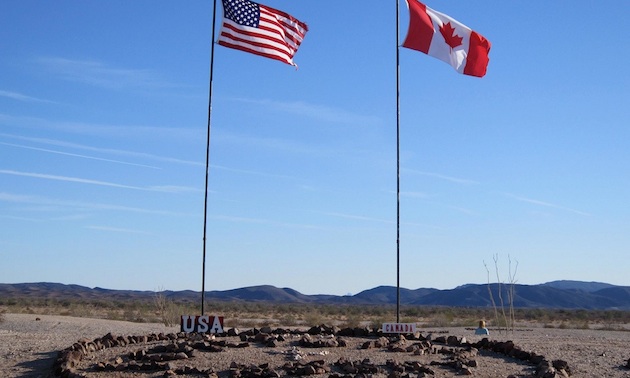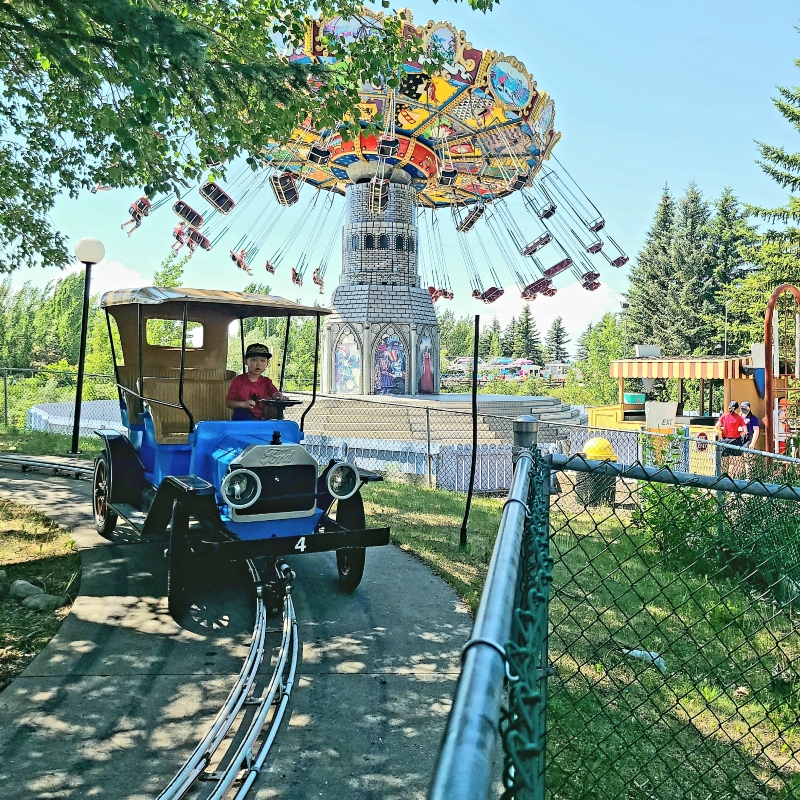Yuma rocks
Many of the rock and sand designs memorialize a loved one

I’ve lived in Arizona since 1977, the first nine years in the southwestern part of the state, and I’ve always thought of Yuma as a place to stop on the way to San Diego. But even before then, RVers were purposefully choosing Yuma as their destination. For good reason: the attractions—the quirkier, the better. Valley of Names, for one.
Though at first it was called something else.
The Second World War’s U.S. Army General George Patton, who may have brought soldiers to train in the area north of Yuma, called it Graffiti Mesa, said Steve Thornburg, who operates a company called Running Boy Tours. He takes visitors to see the site throughout the winter season.
Why either moniker? For the names, of course. Thousands of them. They are written with rocks placed carefully in the sand on the flat-topped hill, square borders with names or nicknames in the centre, heart-shaped images, symbols denoting personal hobbies or interests, sunbursts, even just initials.
With plenty of lava rock on the east side of the hill to work with, the 1970s saw the area grow to four acres. Then high schoolers found the spot in the 80s, followed by winter visitors in the 90s, and the area became known as Valley of Names. Dated. Abbreviated. Designed. The rocks have taken all shapes and sizes over the years. Today, you’ll see more than 10,000 names embedded in the desert floor on what has grown to 1,200 acres of land maintained by the Bureau of Land Management (BLM).
Many of the rock and sand designs memorialize a loved one. Some of it just leaves an “I was here” message.
People haul in their own rocks to create their graffiti-like imprint. The rock sizes range from small five-pounders up to 40-pound boulders.
From the heart
“It’s really unique,” said Thornburg, who includes it as one of his packaged trips. Every so many years, he said, a clean-up day is scheduled, and people go out there to clear away debris from the desert winds and replace rocks that might have been washed away in a storm.
“I’ve talked to people in their 80s, who have been coming back to this site for more than 20 years,” he said of the people he’s brought out here on trips in Trackers, Jeeps or Rangers.
“Retirees, RV groups, motorcycle groups. They all like it here,” he said. “They’re all expecting something much smaller. Then when they see the quality of the work, the care and the number of names, they realize the beauty. They see that it’s meaningful.”
Thornburg has his own imprint in the sand as well.
“I put mine where the rock pile is,” he said, rather than bring in a truckload of rocks like some people do to create a name.
On his tours, people generally come out to see the site first. They’ll come back later with their own rocks to create a name in the sand. And then they keep coming back year after year to see it again and again.
“They’ll use their GPS and record the coordinates so they remember where it’s at, but you can normally find your name without that,” said Thornburg.
To get here on your own, Thornburg recommends stopping off at the BLM office in Yuma to pick up a map or ask for directions. Four-wheel-drive recommended. To schedule tour with Running Boy, visit runningboy.us






